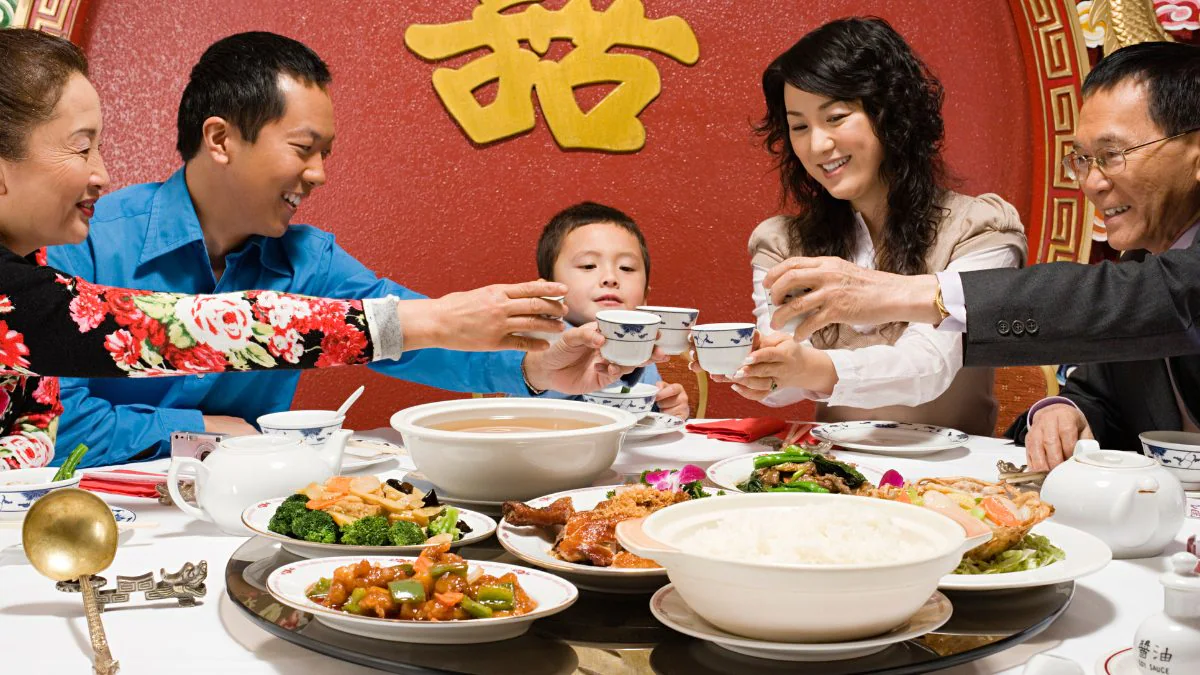Dining etiquette in Korea, Japan and China - How similar and how different are they?
- Numaru Prague
- 31. 3.
- Minut čtení: 2
Dining etiquette in Korea, Japan and China
Dining customs vary across cultures, influencing not just what we eat but also how we eat. Let’s take a look at how Korean, Japanese and Chinese dining etiquette differs!

Chopsticks and spoons: different styles, different customs
Korean chopsticks are long, flat and made of metal. They are always used with a metal spoon, or sujeo. Unlike in Japan and China, a spoon is always used for rice and soup in Korea, while chopsticks are mainly for side dishes. Japanese chopsticks are shorter, wooden or bamboo, with a thin pointed tip designed for delicately handling food like sushi. Spoons are rarely used – most soups are sipped directly from the bowl, and solid ingredients are picked up with chopsticks. Chinese chopsticks are longer with blunt or rounded tips, ideal for picking up food from large shared dishes. Spoons, often ceramic or plastic, are commonly used for soups and some saucy dishes.
A shared rule across all three cultures: never leave chopsticks sticking upright in a bowl of rice! This resembles a funeral ritual and is considered bad luck.
Shared plates vs. individual servings
How food is served also differs between countries:
Korean meals come with multiple side dishes (banchan) shared among everyone at the table. All dishes are served at once, and it’s polite to use communal utensils or the back of your chopsticks when taking food for others.
Japanese dining usually consists of individual servings, with rice, soup and side dishes arranged separately. In more formal settings, rice is often served last rather than at the start.
Chinese meals are often communal-style, with dishes placed in the middle for easy sharing.



















